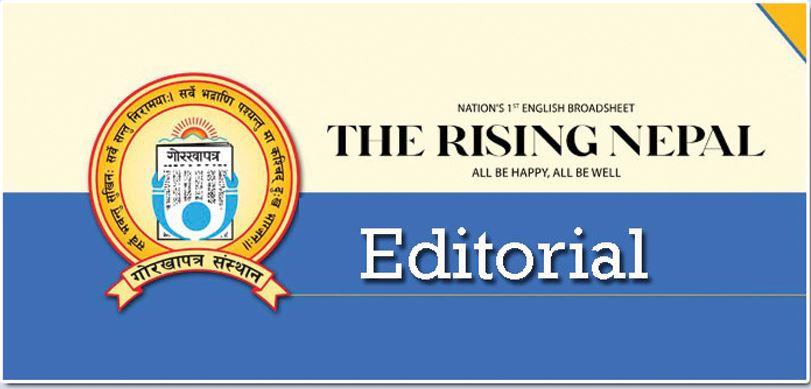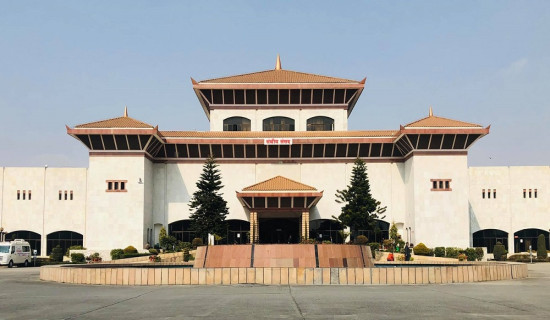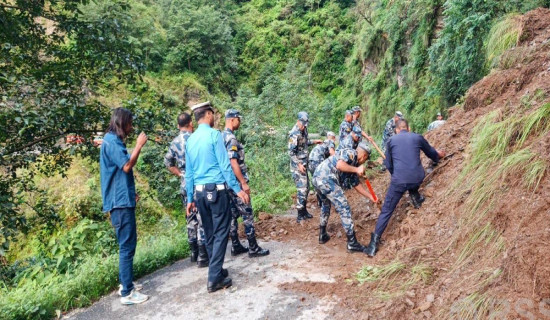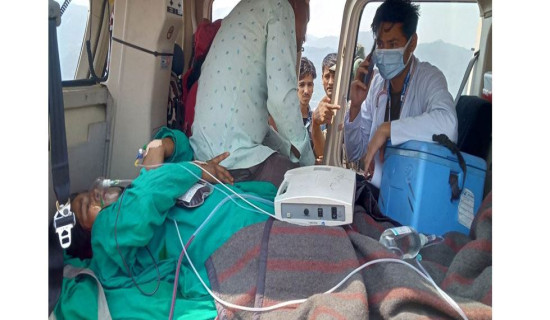- Monday, 18 August 2025
Make Federalism Fruitful
Nepal’s quest for political stability, sustainable democracy and inclusive prosperity has often been arduous. This Himalayan nation underwent multiple political upheavals to institutionalise a democratic polity, promote social inclusion and create employment opportunities for its citizens. Frequent political movements imply that successive political leaderships failed to deliver on the electoral pledges. In 2006, a sweeping political course came to bring about structural transformation in the country's political structure, and around a decade later, these changes were codified in the constitution that declared Nepal a federal democratic republic. The comprehensive charter set a milestone in decentralising powers and distributing resources. The governance structure was carved into three layers - federal, provincial and local – to realise the grand vision of development.
Nepal's experiment with federalism is still in the formative stage, as vital legislations are yet to be enacted to effectively functionalise the institutions responsible for delivering goods and services. Legal confusion persists in the matters related to security, administration, finance and natural resources. The local level has been granted at least 22 rights, but its capacity to implement them is in doubt. Provinces face inadequate financial and human resources. Despite having a number of constitutional rights, provinces are reeling from political instability. The domino effect of changes in the federal government also spread to the provinces, impacting their overall performance. However, political volatility generated within the provinces has posed a big challenge to the effectiveness of their government. Even after two cycles of three-tier polls, the sub-national governments are struggling to ensure governance stability and policy consistency.
Provincial governments have seen frequent changes of guard. It is only the first Madhes provincial government that completed its full five-year term since the 2017 elections. Other provinces saw the frequent formation and dissolution of governments. Bagmati Province, where the federal capital lies, is a case in point. In just seven and a half years, it witnessed six chief ministers--three during the first term of the Provincial Assembly and another three after the second term began in 2022. Just recently, Bahadur Singh Lama Tamang of Nepali Congress was removed from the post of Chief Minister, and Indra Bahadur Baniya of the same party was appointed the new Chief Minister. Baniya made to the post after he defeated Tamang for the parliamentary party leader. The unexpected development cropped up owing to the internal rift among the NC provincial-level leaders. The appointment of a new CM means the reshuffling of the cabinet. Now the Bagmati cabinet has new faces.
Some experts attribute the instability to the mixed electoral system that makes it difficult for a single party to secure a majority in the federal parliament as well as the provincial assemblies. However, blaming the electoral system is just an excuse to paper over the leaders' greed for power, perks and posts. Factional and power-sharing disputes lead to the collapse of the governments. Provincial governments rely on the federal government for financial resources, staff deployment, and policy implementation, which hinders them from executing the development projects independently. Similarly, they confront hurdles in implementing the administrative federalism in the absence of required laws. The central government's tendency to retain powers has put the provinces in the soup. Leaders in the centre pick provincial leaders based on personal loyalty instead of merit. This parochial approach is detrimental to the evolution of robust federalism. Political parties must embrace a democratic culture and demonstrate a true commitment to the constitution to translate the lofty goals of federalism into action. Only then will people enjoy the fruit of the federal system.







-square-thumb.jpg)








-original-thumb.jpg)